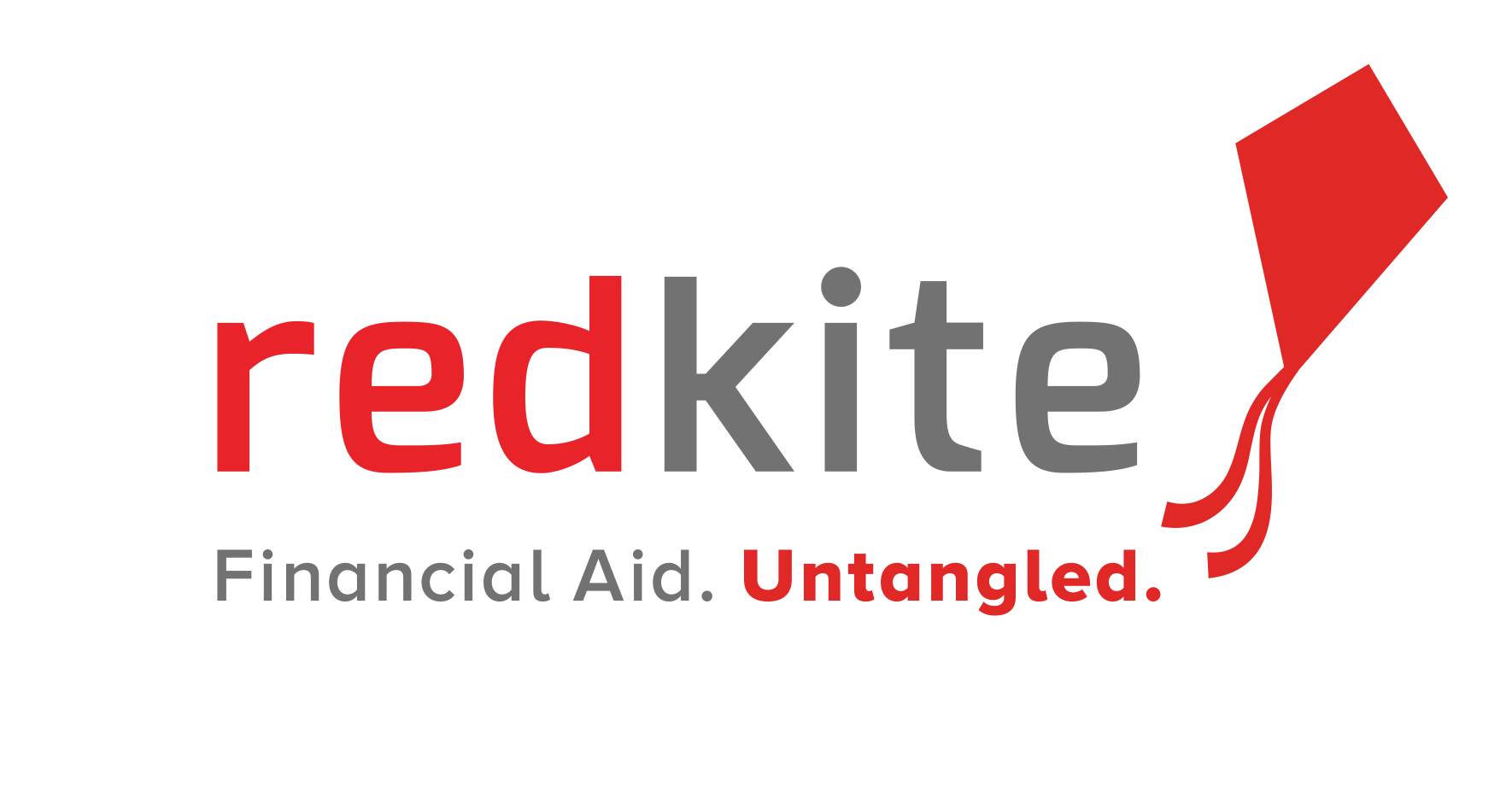Red Kite interviews Kim Bowen, a former Student Financial Services Advisor at St. Edward’s University.
Navigating financial aid can be overwhelming, and the process doesn’t end once you’re enrolled in college. It’s crucial to keep an eye on your college costs, which can fluctuate from semester to semester.
It’s no small feat to balance taking classes with managing your tuition expenses. Many students turn to campus experts for guidance, relying on financial aid counselors to help ensure both academic and financial success.
We recently had the chance to sit down with Kim Bowen, a former student financial aid services advisor at St. Edward’s University. She shared valuable and practical advice to help students with the complexities of financial aid.
Let’s get into Kim’s insights on how students can make the most of financial aid opportunities. These insider tips from an expert might make all the difference in your financial aid journey.
Red Kite: Please tell us a little bit about your background – where are you from? What was your school life like growing up?
Kim Bowen: I was born and raised in Houston, Texas. I attended public school and played the flute in the elementary, junior high and high school bands. I especially loved marching band in high school and have life-long friends from those days.
RK: Where did you go to college? What did you major in?
KB: I went to Texas A&M my freshman year, but big school life and learning was not for me. I transferred home to Houston Baptist University the next year and graduated with dual majors in Mass Media and Psychology. My favorite class in college was a Media class on Alfred Hitchcock movies!
RK: Did you receive any financial aid?
KB: I actually did not receive any financial aid while in college. Tuition wasn’t nearly as high back then, and I lived at home and worked full time to help with the cost of attending a private university.
RK: How did you come to work in the college sector?
KB: A few years after graduating from college, I got married and moved to College Station, where my husband was a student at Texas A&M. I got a job working at Foley’s (now Macy’s), and a coworker told me about a Financial Aid Clerk position that was open in the Financial Aid Office at A&M, where she worked full time.
I applied and got the job! Less than a year later, I applied for a Financial Aid Advisor position and was hired. Little did I know that a Financial Aid Clerk position would turn into a 32-year career in higher education financial aid!
RK: What was your favorite part about being an advisor?
KB: I loved working directly with students to help them make their educational dreams a reality. There is nothing more rewarding than to see a student that you met with as a potential freshman – nervous and wide-eyed – walk confidently across the stage at graduation, knowing you played a role in making that happen.
RK: What were a few of the challenges you ran into?
KB: Navigating sensitive financial situations was definitely challenging at times, especially when families weren’t sure if they could afford for their student to attend a small, private, liberal arts university.
It was my job to thoroughly explain all of the options, show families how to find additional funding (RED KITE!), save on expenses like free room and board by being a Resident Advisor, and look into loan options. More often than not, families were able to make it work!
RK: Can you share an experience you had with a student that stuck in your mind?
KB: I had the absolute pleasure and privilege of working with so many amazing students. I had students who are now lawyers, business owners, teachers, a playwriter… even a student who is auditioning to be on Broadway!
Each student was unique and had amazing potential. I have been invited to graduation parties, weddings, baby showers, and theater performances. I remain close to many students and their parents.
RK: What advice would you give to college students today?
KB: As a Financial Aid Advisor, I always encouraged high school students to start researching scholarship opportunities early and apply for as many scholarships as possible. Once a student was in college, I encouraged them to continue to apply for scholarships. So many students think you can only apply as an incoming freshman.
I also encouraged students to get involved in organizations on campus to help build a sense of community. It’s also important to get a job on campus; not only to earn spending money, but also to learn how to manage their time, gain job experience, and meet a subset of folks on campus they might not have met otherwise.
I encouraged students to apply to be a Resident Advisor in the residence halls. Being an RA usually means room and board are covered by the school. It is also great resume material, since it shows leadership responsibility.
I encouraged every student to contact me if their financial situation changed, or if they were struggling to buy books or pay for living expenses. There are so many resources on campus to help students. They just need to ask.
RK: Why do you believe that Red Kite is a valuable resource for students?
KB: Red Kite is an invaluable resource for students and parents! College can be expensive, and Red Kite can help find free money to assist with the cost. A student or parent completes a quick survey, and the student is instantly matched to over 25 billion dollars in scholarship funds! How easy and amazing is that?!?
RK: To you, why do you think it is important for students to pursue higher education?
KB: Continuing your education after high school at a college, university, or technical school is important for several reasons. It provides students with specialized skills and knowledge that can significantly improve job prospects, increase earning potential and open doors to a wider range of career options.
A 4-year college or university education is not for everyone. Community colleges and technical schools offer amazing opportunities for practical, hands-on training and lifelong critical thinking, communication, and problem-solving skills. Post secondary education helps students find their passions and reach their full potential.
Kim’s insights shed light on the critical role that financial aid advisors play in helping students fund their education. She emphasizes the importance of being proactive throughout your college journey.
It’s clear that with dedication and the right resources, students can overcome financial obstacles and focus on building a brighter future.
Be sure to explore tools like Red Kite, our simplified scholarship search. With access to over $25 billion in scholarships, Red Kite connects students with opportunities tailored to their unique needs and goals.
Whether you’re just beginning your college journey or are already enrolled, remember that there’s support available. Don’t hesitate to reach out for help.
Your education is an investment in yourself. With Red Kite, you can unlock a future full of possibilities.
Sign up for Red Kite today!









